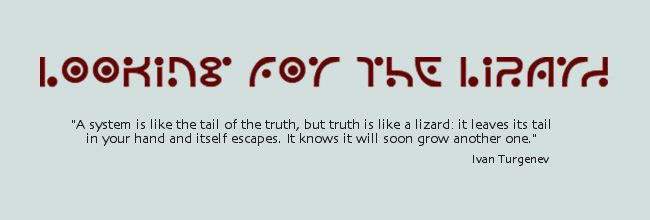
Some days, like today, I am absolutely sure I’m not an artist.
On these days I remember how my brother was the artist of the family. At our elementary school, his pictures were taped up on the cafeteria wall for all to admire. Every week at our piano lessons, he played all the homework to perfection; even his scales sounded like music. I never heard him practice a moment, while I dutifully put in my 30 minutes a day, week after week. When my turn came, I played the notes right but they were dead as lead. I was not an artist.
On the days I’m not an artist, I search my heart for a passion or even a little tickle that will propel me back to artistry. I find nothing. Just anxiety about the 15-year-old water heater that could break at any moment and flood my wood floors, and the parade of plumbers, each with dire warnings and a pricey estimate. I read my daily Bible assignment and see that Solomon was wealthy and wise and Mary burst into song when she met Elizabeth and Paul is eternally exploding with enthusiastic exhortation. All this creative energy feels like it is only for the righteous, which I’m not.
On the days I’m not an artist, all the other days I wasn’t an artist swell up in my memory like Sylvester the cat with a hose in his mouth. I watch fascinated as the Sylvester days fill up the whole TV of my mind and tiny Tweetie stands in the corner watching with self-justified glee. Right now I want to flatten Tweetie, but he’ll just pop up again in the next scene with his stupid lisp and more dirty tricks. Never mind that Sylvester started it, I just want the cartoon to be over! Get me out of this two-dimensional world of sadistic sneakiness.
I want to feel like an artist again. I want to feel true and clear. I want to love everything and everyone.




